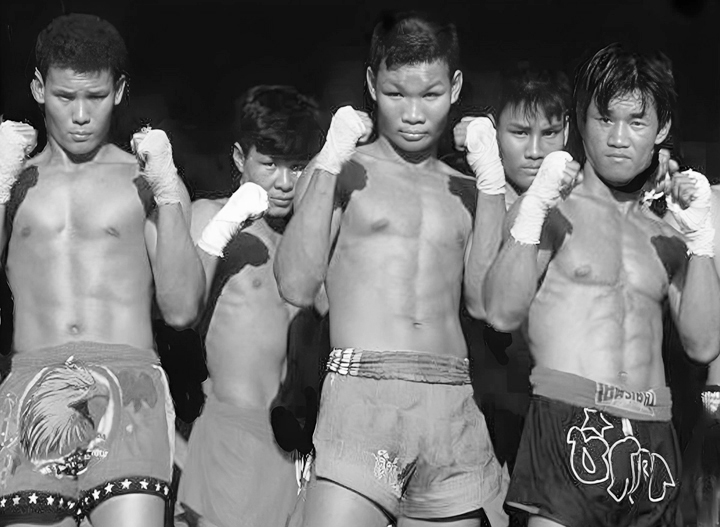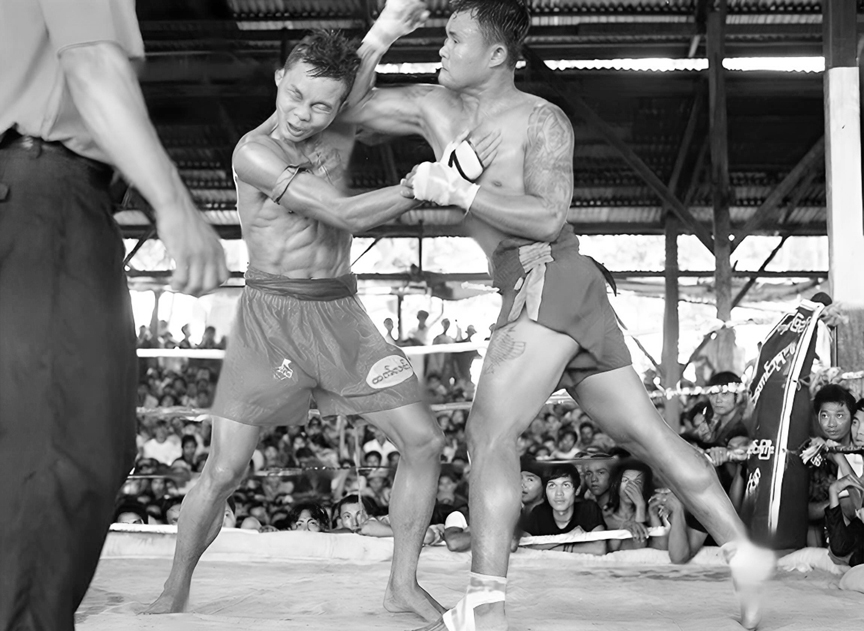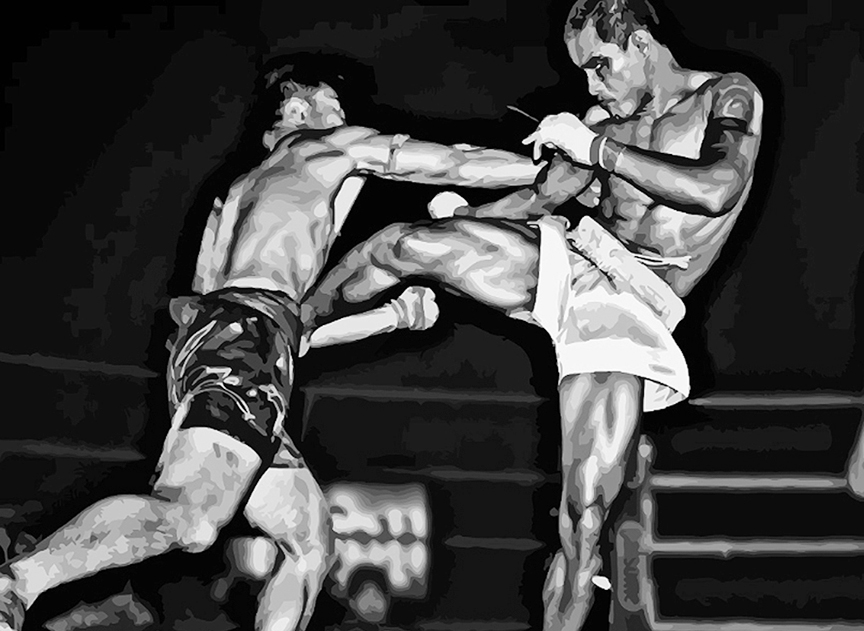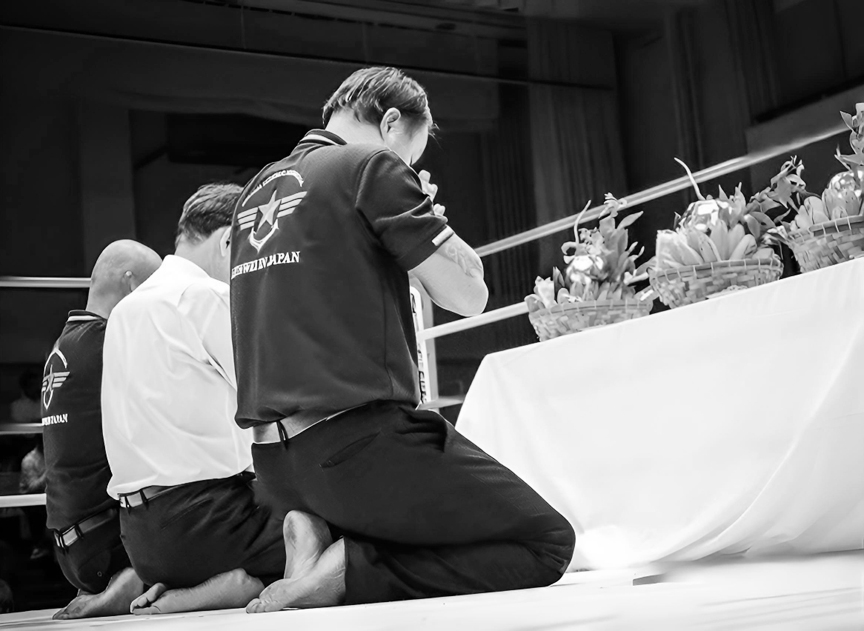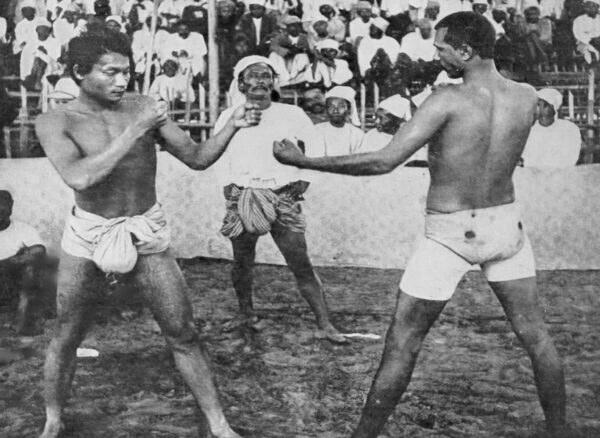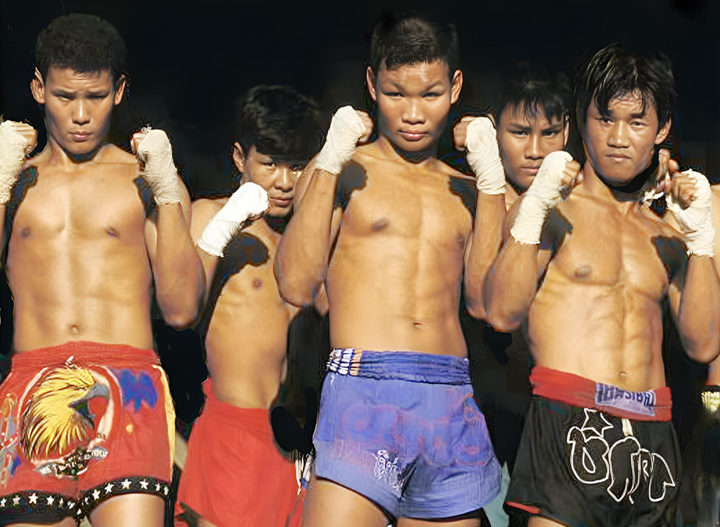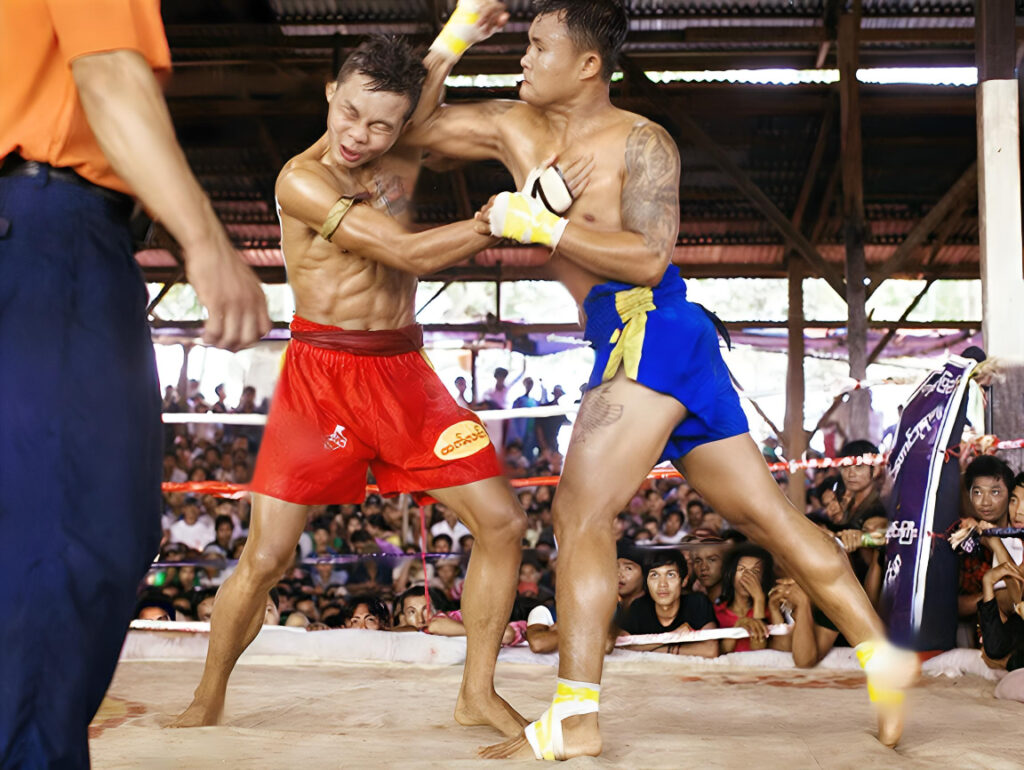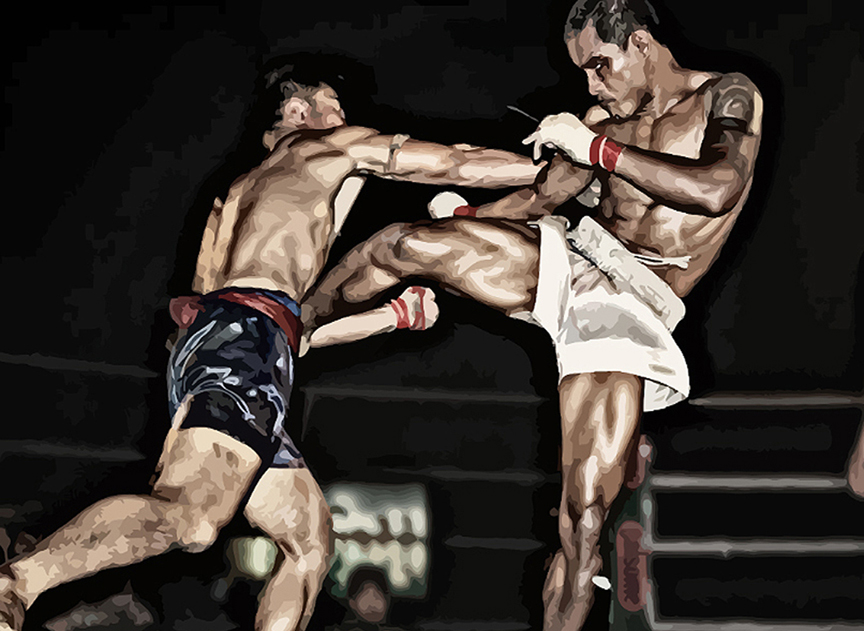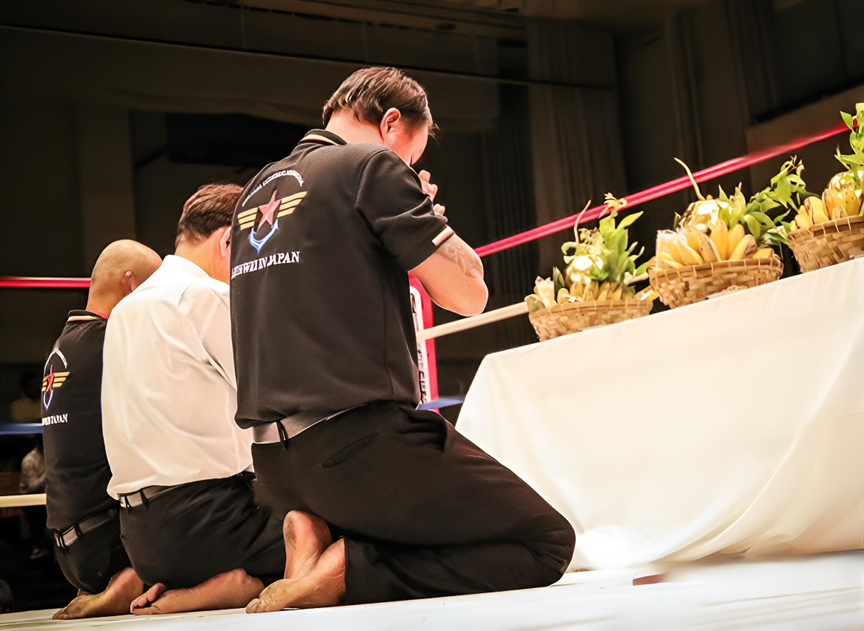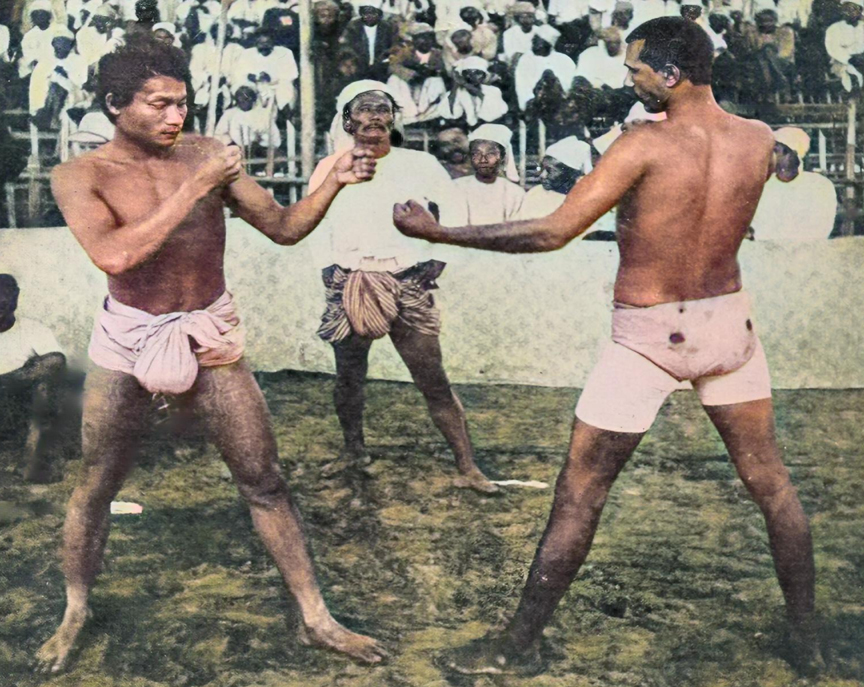

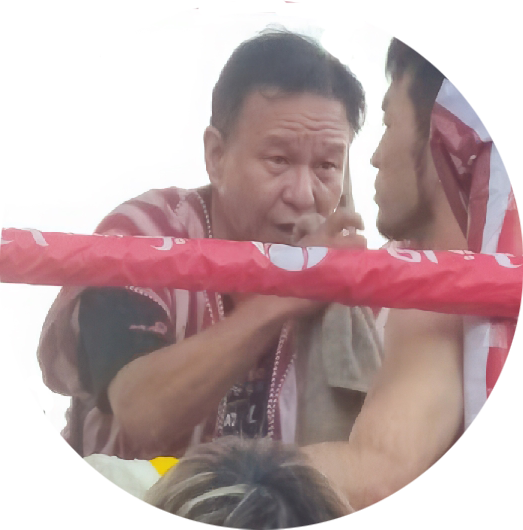



Mingalabar....
Welcome to the Thut Ti Lethwei Global Academy
Myanmar Traditional Boxing, or Lethwei, is renowned as one of the world’s most aggressive and formidable fighting arts. With a history spanning over a thousand years, Lethwei is a distinctive form of Southeast Asian boxing, often referred to as the Art of 9 Limbs. It stands unparalleled in modern combat sports, allowing an extensive array of techniques, including bare-fist punches, kicks, elbows, knees, clinches, throws, traps, and even headbutts. Integral to Myanmar’s cultural heritage, Lethwei is more than a sport; it is a profound symbol of strength, resilience, and national pride. For the people of Myanmar, Lethwei embodies their traditions, culture, and identity, making it a cornerstone of their historical legacy.
Thut Ti Lethwei represents a fusion of combat sport, martial artistry, fitness development, and cultural preservation. Developed by the eminent Sayar Win Zin Oo at the Thut Ti Lethwei Club in Yangon, Myanmar, this approach has been refined over four decades of dedicated coaching and teaching. Under Sayar Win’s guidance, Thut Ti Lethwei has not only produced numerous Lethwei champions but also nurtured countless martial arts enthusiasts, fitness practitioners, and cultural aficionados.
The influence of Thut Ti Lethwei extends far beyond its home club in Yangon. Many of Myanmar’s leading Lethwei coaches and promoters received their foundational training under Sayar Win. Today, Thut Ti Lethwei is practiced widely, offering training for competition, self-defense, health, and personal development. Its methodologies have been adopted and adapted by gyms, fighters, and instructors across the nation, solidifying its role as a cornerstone of modern Lethwei training.
As one of Myanmar’s premier Sayar (teachers), Win Zin Oo commands immense respect as a coach, trainer, and instructor. Since beginning his professional coaching career in 1982, Sayar Win has established himself as a pivotal figure in the evolution of Lethwei. He is the founder of the renowned Thut Ti Lethwei Club, a hub for producing local, national, and international champions. Notably, Sayar Win was the first coach to bring Lethwei to the international stage, introducing the art to global audiences.
In 1994, Sayar Win was appointed Joint Secretary of the Myanmar Lethwei Federation, and in 2007, he became its Vice President, serving as the primary technical advisor for training and competition. His extensive knowledge, collaborative approach, and unwavering dedication have earned him recognition as the preeminent global ambassador for Lethwei. Sayar Win’s contributions have not only elevated the sport within Myanmar but also positioned it as a respected and admired combat sport and fighting art on the world stage.
The Thut Ti Lethwei Global Education and Training Initiative (simply referred to as Thut Ti Lethwei Global) was established to honor and preserve the legacy of Thut Ti Lethwei, a combat sport and fighting art developed and taught by Sayar Win Zin Oo. Serving as a cornerstone for learning and teaching this traditional discipline, Thut Ti Lethwei Global operates under the expert direction of Sayar Win Zin Oo, supported by a dedicated advisory team. This team comprises professionals with extensive expertise in teaching, curriculum development, martial arts programming, exercise science, medicine, media, and management.
Guided by best practices in instructional design and delivery, Thut Ti Lethwei Global provides a comprehensive, evidence-based curriculum. This systematic training program facilitates the learning of Lethwei as it is authentically practiced at the Thut Ti Lethwei Club of Yangon. For those who complete the foundational student training program and aspire to progress beyond the student level, Sayar Win Zin Oo offers the Thut Ti Lethwei Instructor Preparation Program through Thut Ti Lethwei Global.
Committed to preserving and advancing the legacy of Thut Ti Lethwei, the organization places a strong emphasis on developing well-trained and highly skilled instructors. The Instructor Preparation Program is meticulously designed to educate, train, and support individuals on their path to becoming certified Thut Ti Lethwei instructors. Participants in the program can achieve various certification levels beginning with Instructor Level 1 (Sayar Aasint Dit).
To further enhance the quality of instructor preparation, the Thut Ti Lethwei Global Academy was created. The Lethwei Academy serves as a hub for preparing competent and high-quality Lethwei instructors, ensuring the tradition and teachings of Thut Ti Lethwei continue to thrive on a global scale.
Thut Ti Lethwei Global Academy Disclaimer
The information provided on Thut Ti Lethwei Global Academy (lethwei.net) is intended for general informational and educational purposes only. The content on this Website is not intended as a substitute for instruction or direction from a professional combat sports coach or martial arts instructor. The content is also not intended as a substitute for medical direction, advice, diagnosis, or treatment from a health care professional. Always seek the advice of your physician or other qualified health provider with any questions you may have regarding a medical condition or th e safety of participating in any physical activity.
Not Medical Advice: The content on this Website is not intended to be a substitute for professional medical advice, diagnosis, or treatment. Always seek the advice of your physician or other qualified health provider with any questions you may have regarding a medical condition.
Consult a Professional: It is essential to consult with a healthcare professional before starting any new activity program, diet, or exercise routine. Your individual training goals should be discussed with a qualified healthcare provider who can provide personalized recommendations.
Assumption of Risk: Participation in physical activity and exercise carries inherent risks, and by using the information provided on this Website, you acknowledge and voluntarily assume these risks. Always exercise caution and common sense when engaging in physical activities.
Accuracy of Information: While we strive to provide accurate and up-to-date information, the content on this Website may not always reflect the most current research or medical guidelines. We do not guarantee the accuracy, completeness, or timeliness of the information presented.
Responsibility: You are responsible for your health and safety when engaging in any combat sport, martial art, or fitness program, individual exercise, or dietary practice discussed on this Website. Thut Ti Lethwei Global Academy, its authors, contributors, and affiliates disclaim any liability for any injury, loss, or damage incurred as a result of the use or reliance on the information provided on this Website.
Changes to Disclaimer: Thut Ti Lethwei Global Academy reserves the right to modify or update this disclaimer at any time without prior notice. It is your responsibility to review this disclaimer periodically for any changes.
By using Thut Ti Lethwei Global Academy website, you agree to the terms of this disclaimer. If you do not agree with these terms, please refrain from using this website.
